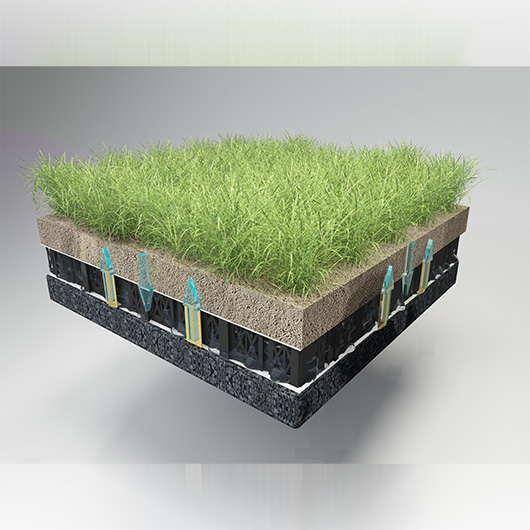Design of rainwater harvesting systems in residential quarters.
Nowadays, with the rapid development of society, urbanization has also entered a phase of rapid development. The standard of living has improved significantly and the number of residential quarters has continued to rise. However, the collection and utilization system of rainwater in the community is not complete. In order to alleviate urban drainage pressure and save water resources, it is necessary to strengthen the planning and analysis of rainwater collection and utilization systems to achieve final rainwater collection and utilization.
The stormwater collection
Current stormwater planning plans for stormwater collection and utilization include methods such as stormwater infiltration, storage and discharge systems, and collection and reuse.
There are several approaches, such as percolation, regulation and storage and discharge, collection and reuse. Plans should meet the requirements of residential quarters, which can be systematically selected by combining actual local conditions, such as soil permeability, land conditions, annual rainfall characteristics and operational management.
There should be a purification process after collection of rainwater. Also, the collected rainwater can help to achieve community beautification. Rainwater harvesting and utilization systems for residential quarters should also take into account the situation of natural infiltration to achieve landscaping effects. Rainwater that does not meet the requirements will lead to a discharge. There should be a detailed analysis for water balance when planning stormwater collection and utilization systems in residential quarters. Such important analysis must include the total daily rainwater runoff, the amount of water reused and the water balance.
The technical process bases on the plan for the collection and utilization of rainwater in residential quarters. The technical process generally consists of four parts, which are pre-processing, storage, purification, and reuse. The first step is rainwater collection. Stormwater flows from the pipe to the well for collection process. In addition, there is a grid so that leaves and other objects can be blocked in the well. Stormwater flows into the well and can be discharged at the start. In addition, collection wells have a function in treating outflows, which makes stormwater useful for future usage.
The amount of stormwater is not uniform. Stormwater flows into the regulation pool through a pump and then enters into the management system. Filtration devices can further purify water by blocking water debris. This process allows water that meets specific requirements to flow into clean pools. The final process is water delivery. The work is done by the water supply system with frequency conversion. After treatment, rainwater can help to achieve the purpose of the beautification of landscaping. Besides, with the use of water pumps, it is easy to make sure the timely flushing of neighborhoods.
HOENSOEY cells can form complete units with high strength and high water storage, making them ideal for rainwater management in residential communities. It can integrate traditional rainwater collection and use, and distribute rainwater evenly underground in the community. In this way, it eliminates multiple processes and reduces the use of pump equipment as much as possible. With HOENSOEY cells, it is easy to realize the sustainable development of urban stormwater management system.
